Having a garden takes a lot of patience because you need to take care of it, and this can be tough at times, especially when you work a 9 to 5 and are brained when you get back home. However, taking care of your garden can be something really relaxing; for me, gardening is the time that I have for myself and is a way for me to de-stress after a hard day’s work.
Gardening is not only an excellent way for you to de-stress, but you also get to reap the fruits of your labor and get to enjoy the vegetables that you’ve to spend a lot of time growing. So without further ado, let’s learn how to maintain your vegetable garden.
Watering
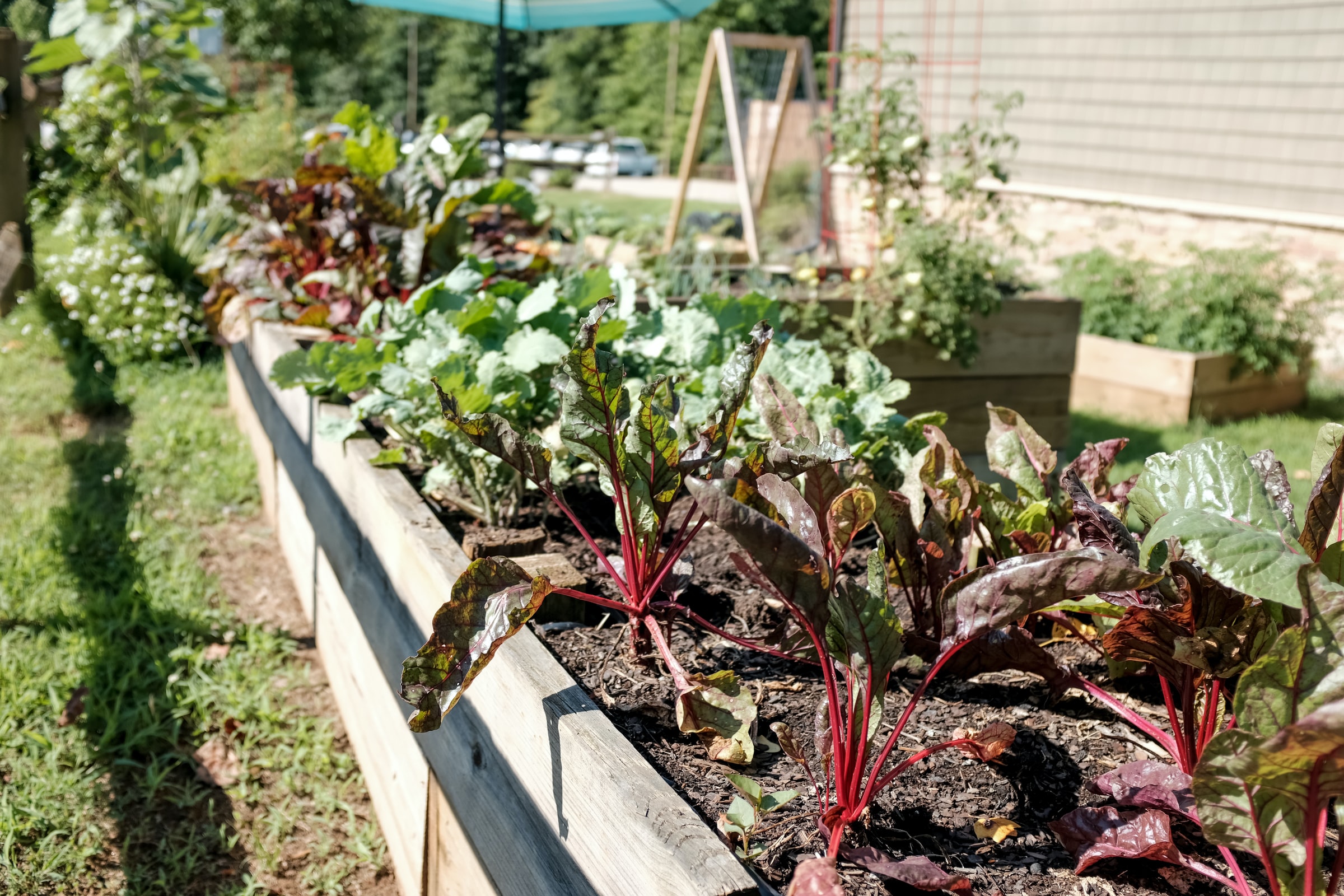
The most crucial time to water your plant is after you’ve put it into the soil and when it starts growing edible parts. This is something that everyone is aware of when it comes to gardening, but most of us tend to forget about it, and this can be an easy way for your vegetables to die.
You should provide adequate moisture throughout the growing season, and this helps your plants grow faster, which helps the plants establish and grow stronger roots, which helps them produce fruits and vegetables. For seedling and young plants, you are recommended to keep the first 6 inches of soil moist, this also encourages deep roots, and this makes the plant stronger.
Add mulch
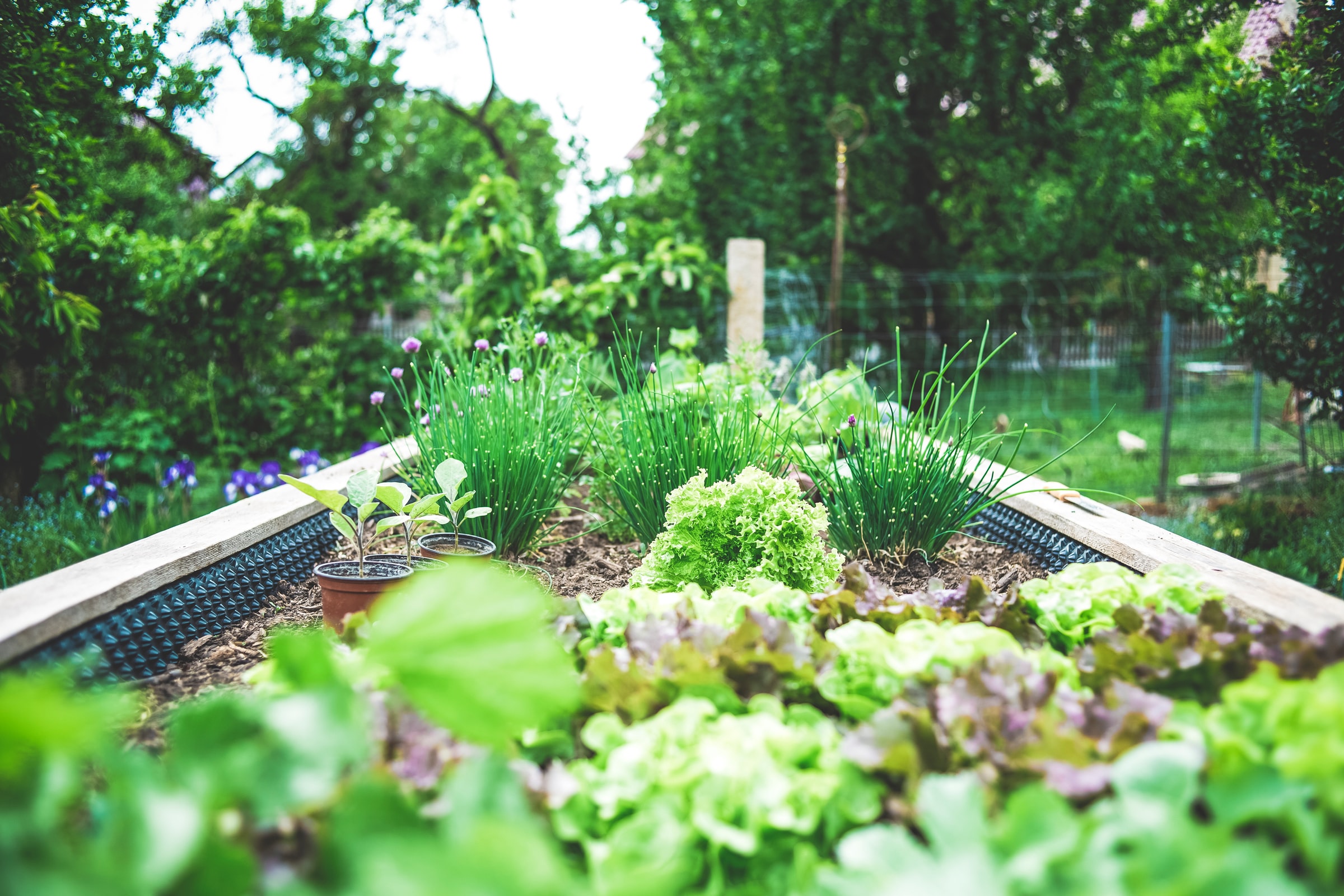
You are always recommended to add about 2 to 4 inches of organic mulch around your plants. This suppresses the growth of weeds and also maintains soil moisture, moderates soil temperature, keeps the vegetable cleaner, improves soil health, and reduces watering. If you feel a bit iffy to use mulch, then you can use organic matter as a substitute for mulch which is much cheaper.
You can use grass clipping, pine needles, shredded leaves, and straw, however, be careful not to use herbicide-treated lawn clipping, hay, fresh manure, or even sawdust. The best time to add mulch is after the soil has been warmed by the sun during spring, and you can replace it as much as needed. Mulch is also pretty affordable and won’t cost you an arm and a leg to get.
Remove thin seedling and weed.
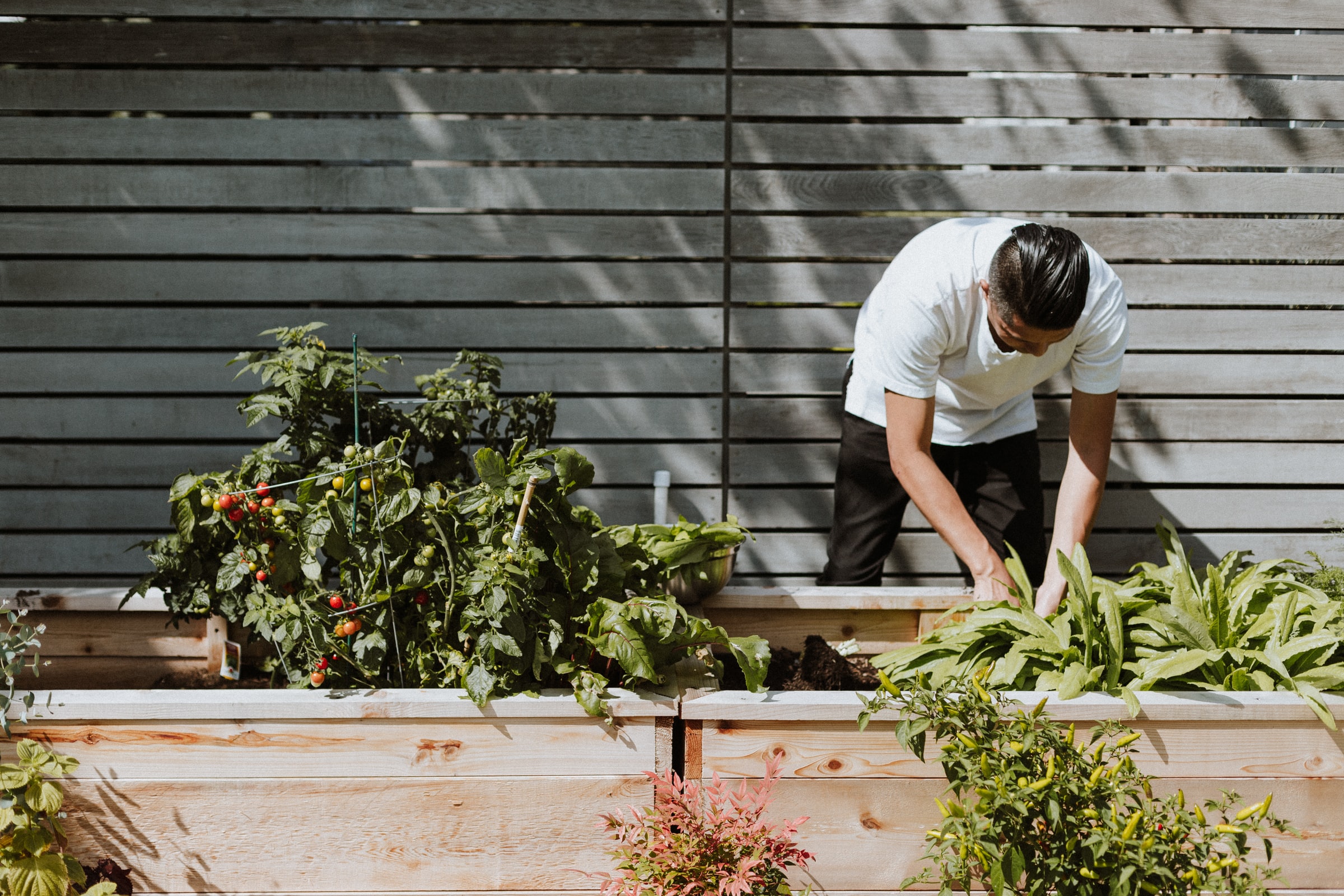
The best way to avoid the overgrowth of weeds is to pluck them or hoe them as soon as they appear. If you do this as they are small, they are easy to manage and remove, which makes your life easier; if you use mulch as we recommended, then it is much harder for them to grow, and they are suppressed by the mulch.
For vegetables like onion, carrots, radishes, and even beets, you need to remove crowded seedlings as soon as they appear, and this will give the remaining crops enough space to mature.
To fertilize or not to fertilize
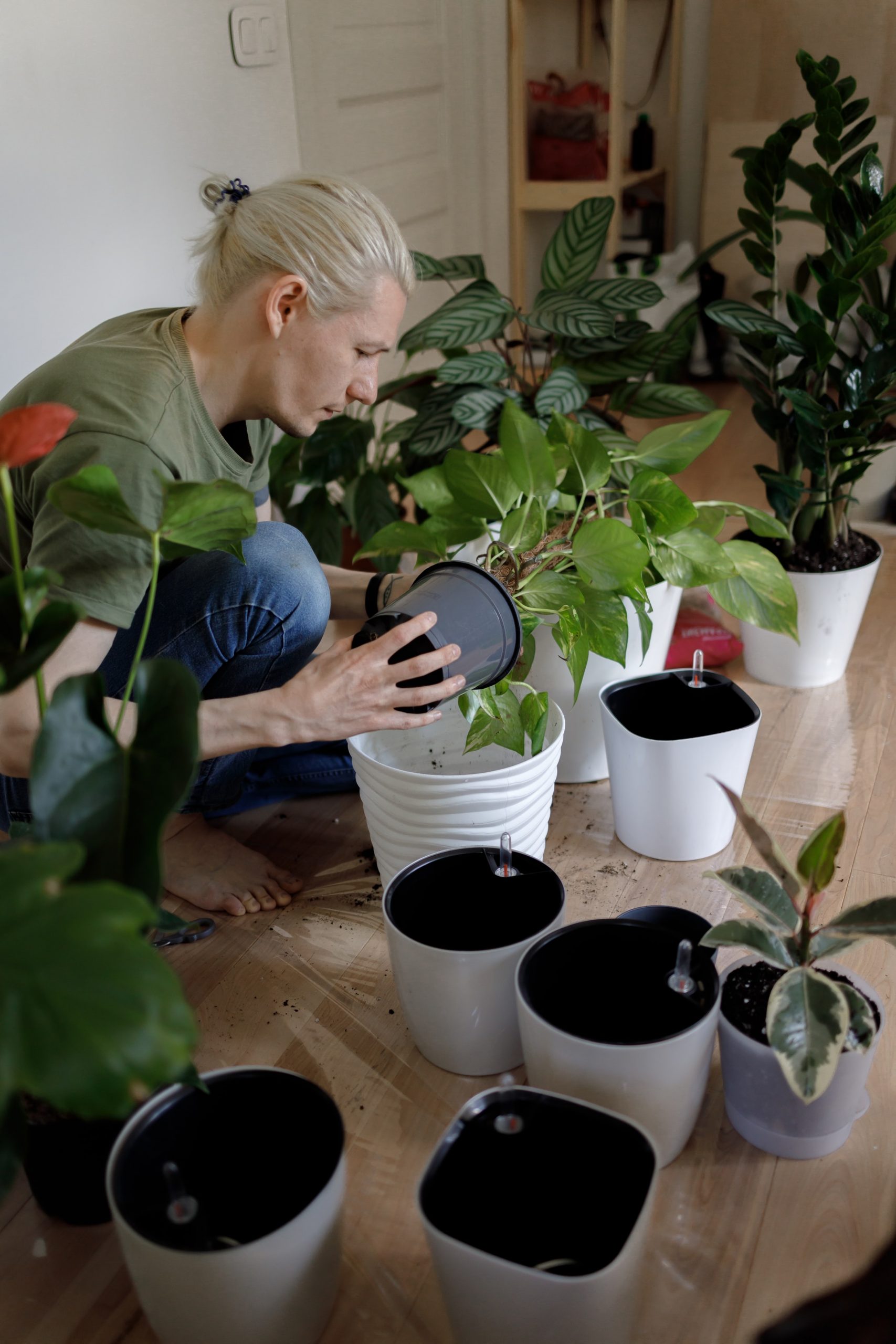
Each vegetable and crop need different and unique nutrients throughout their growing seasons. While natural soil usually provides texture and natural fertilizers; and they play an important role in when and how much additional fertilizers your plant will need later down the line. In generals, for transplanted plants like peppers, cole crops, eggplants, and tomatoes and corn, then you can fertilize them about 3 to 4 weeks after you’ve planted them.
For vine crops like melons and squash, you need to fertilize them when the vines start to spread and when they bloom. The type of fertilizer you use depends on you, and you can also choose to go fertilizer-free, which means that you are growing organic produce in your own garden.
Sound off in the comments section below and tell us what you want to read next.
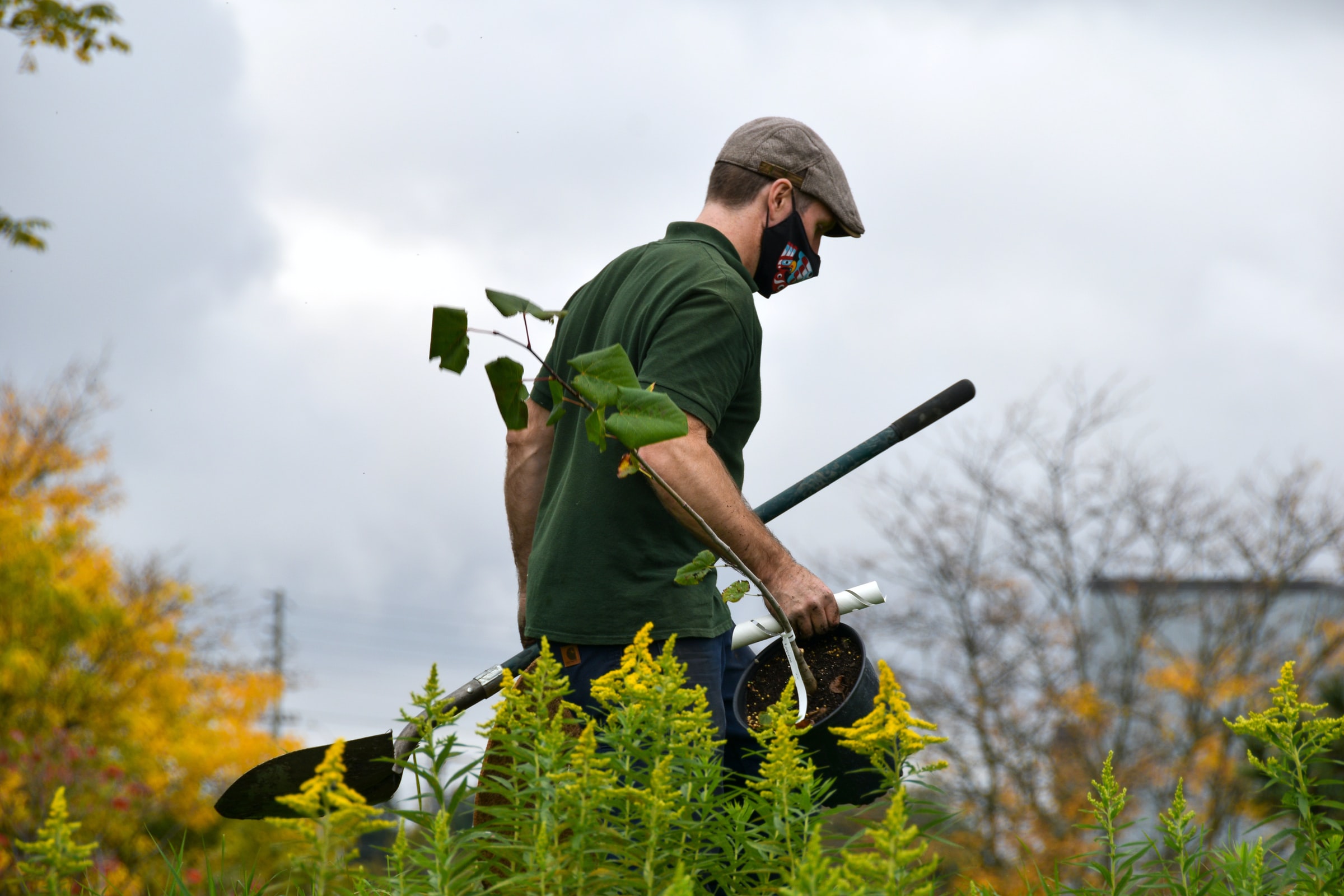
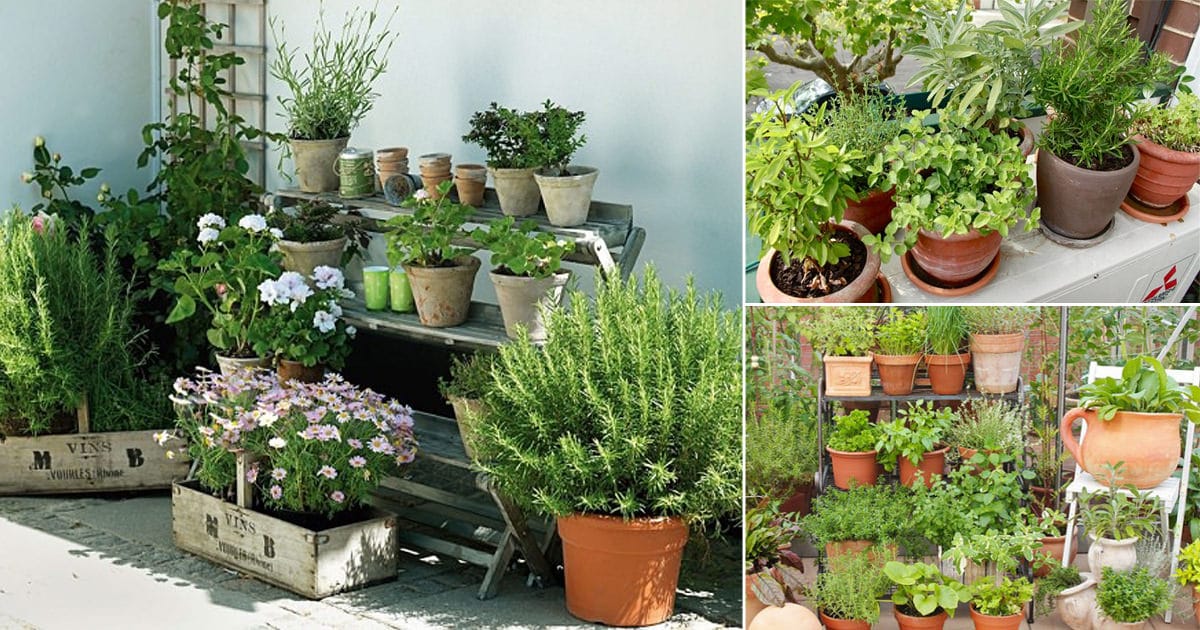
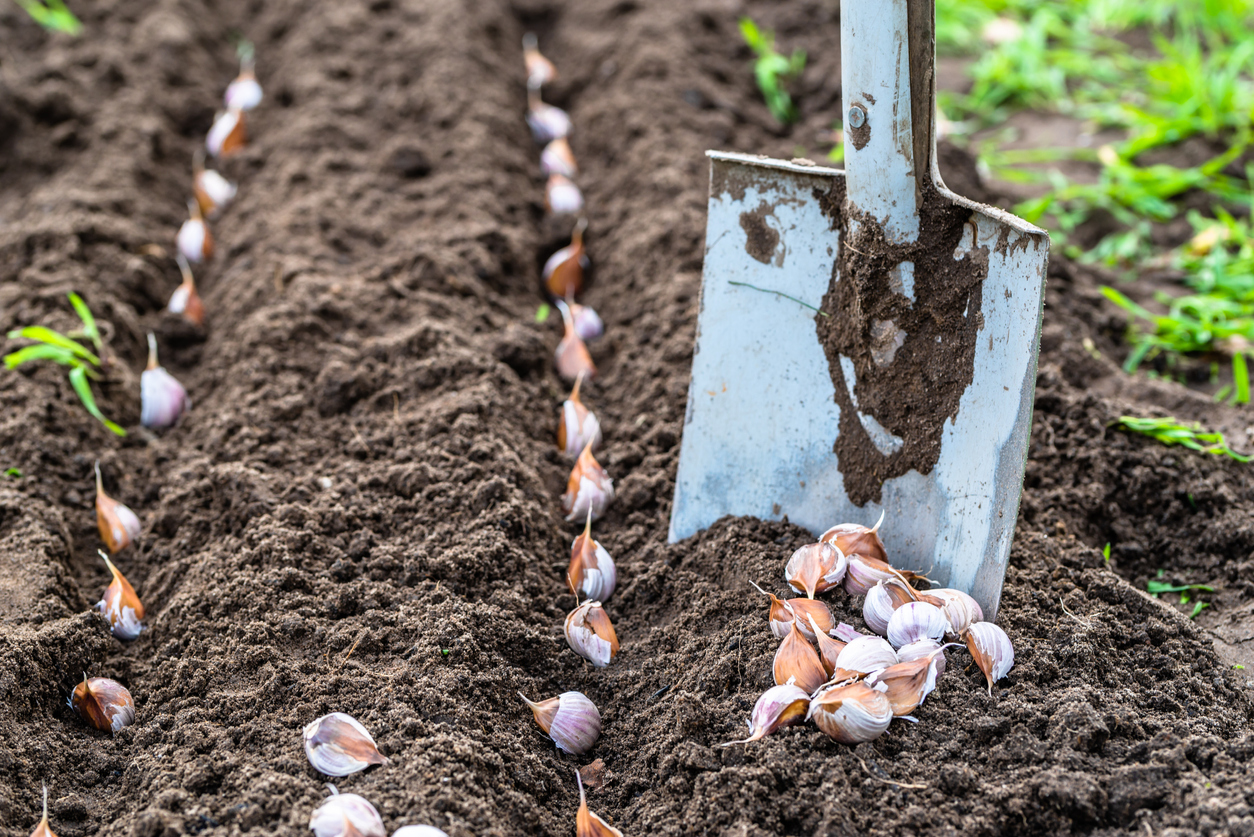
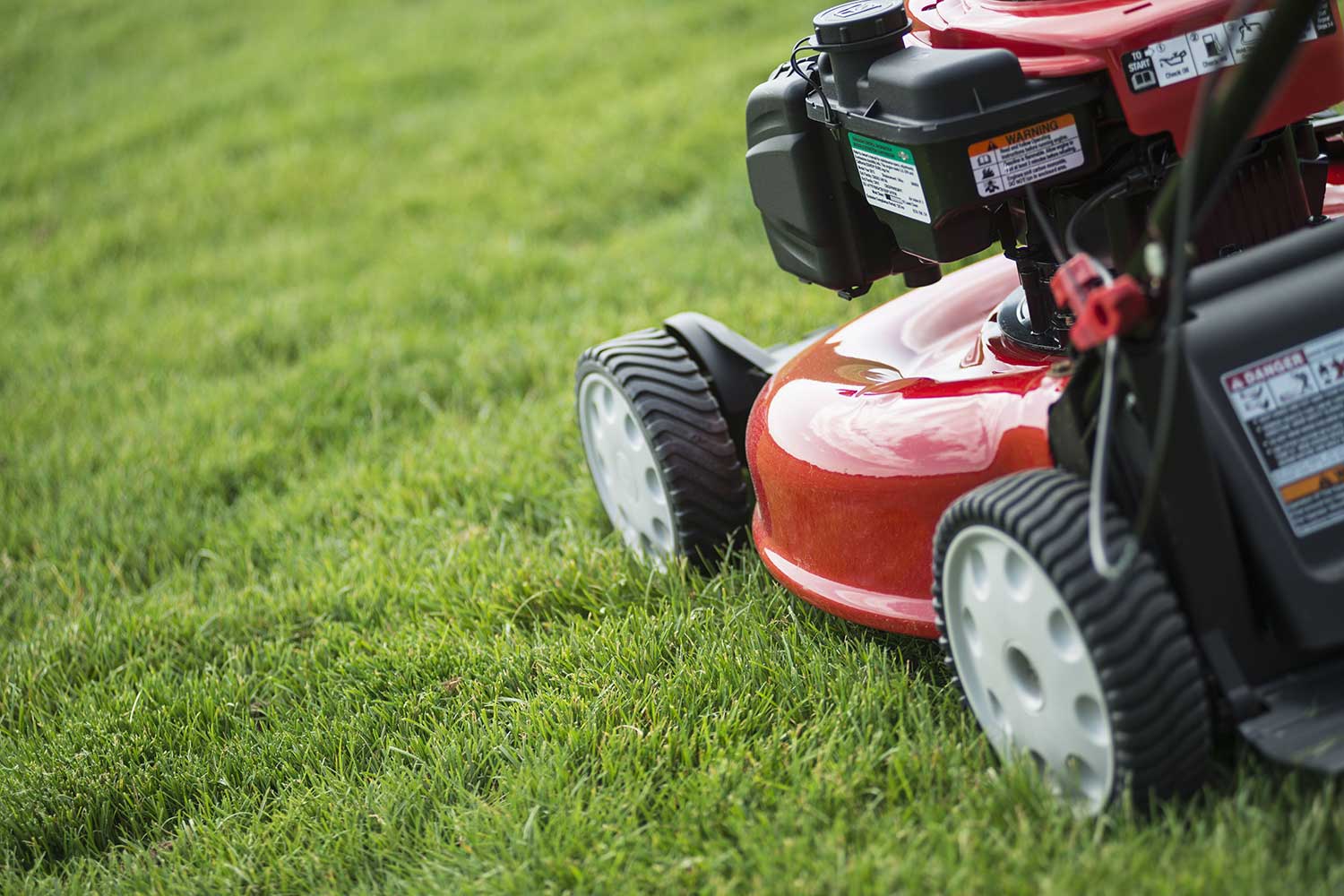
2 thoughts on “Everything You Need To Know To Maintain Your Vegetable Garden”